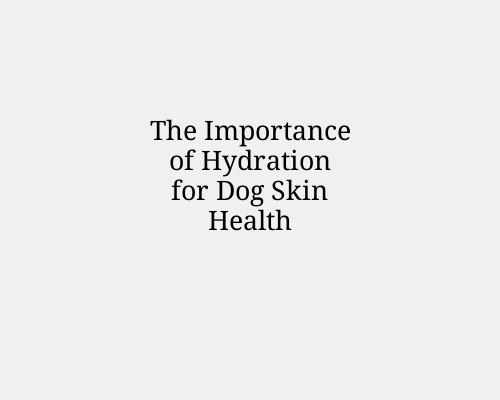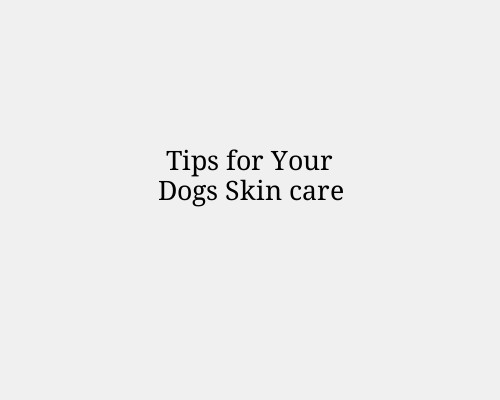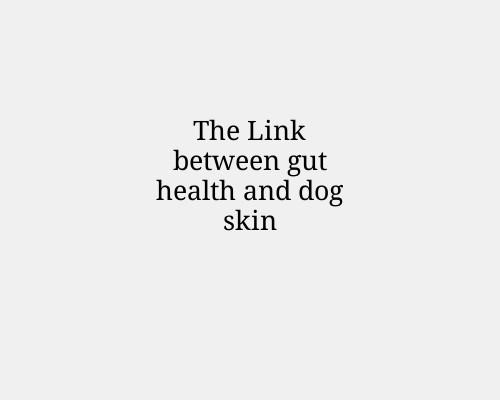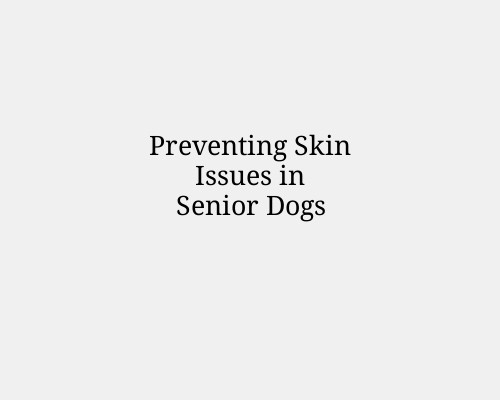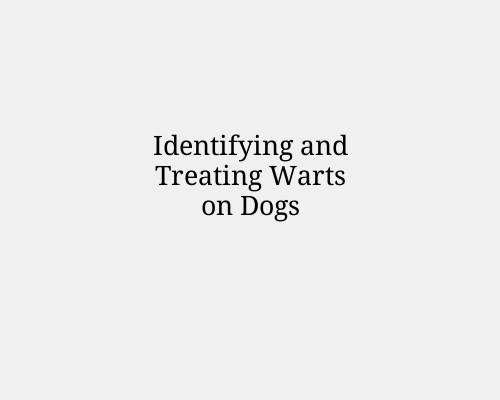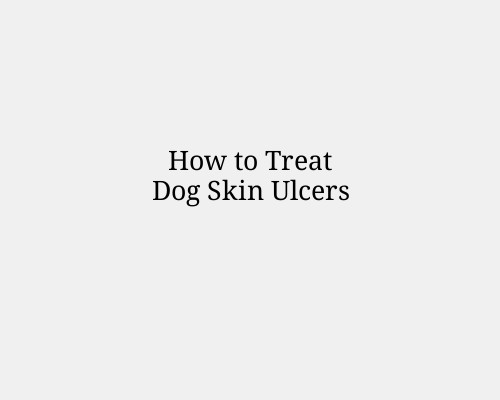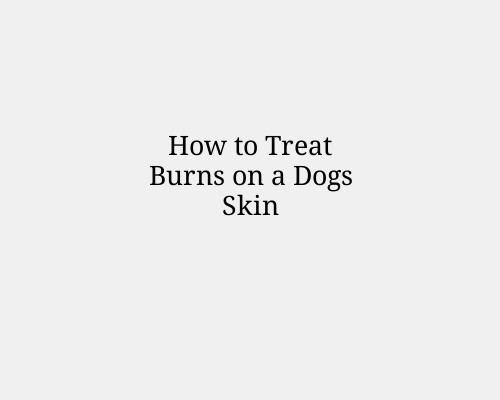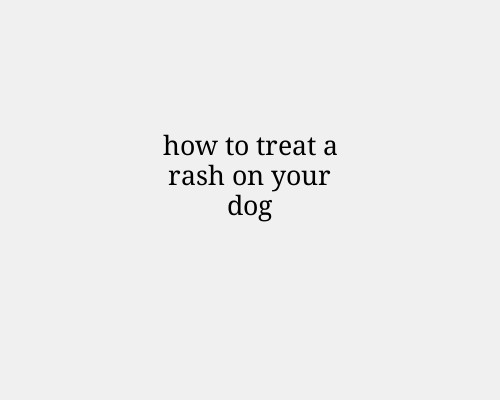The best vitamins for dog’s skin health
Microsoft Word – The best vitamins for dog skin health.docx A dog's skin and coat are crucial indicators of overall health. Dry, flaky skin, excessive shedding, or persistent itching may suggest a deficiency in essential nutrients. Ensuring your dog gets the right vitamins can improve skin health, enhance coat shine, and reduce irritation. Below, we…


